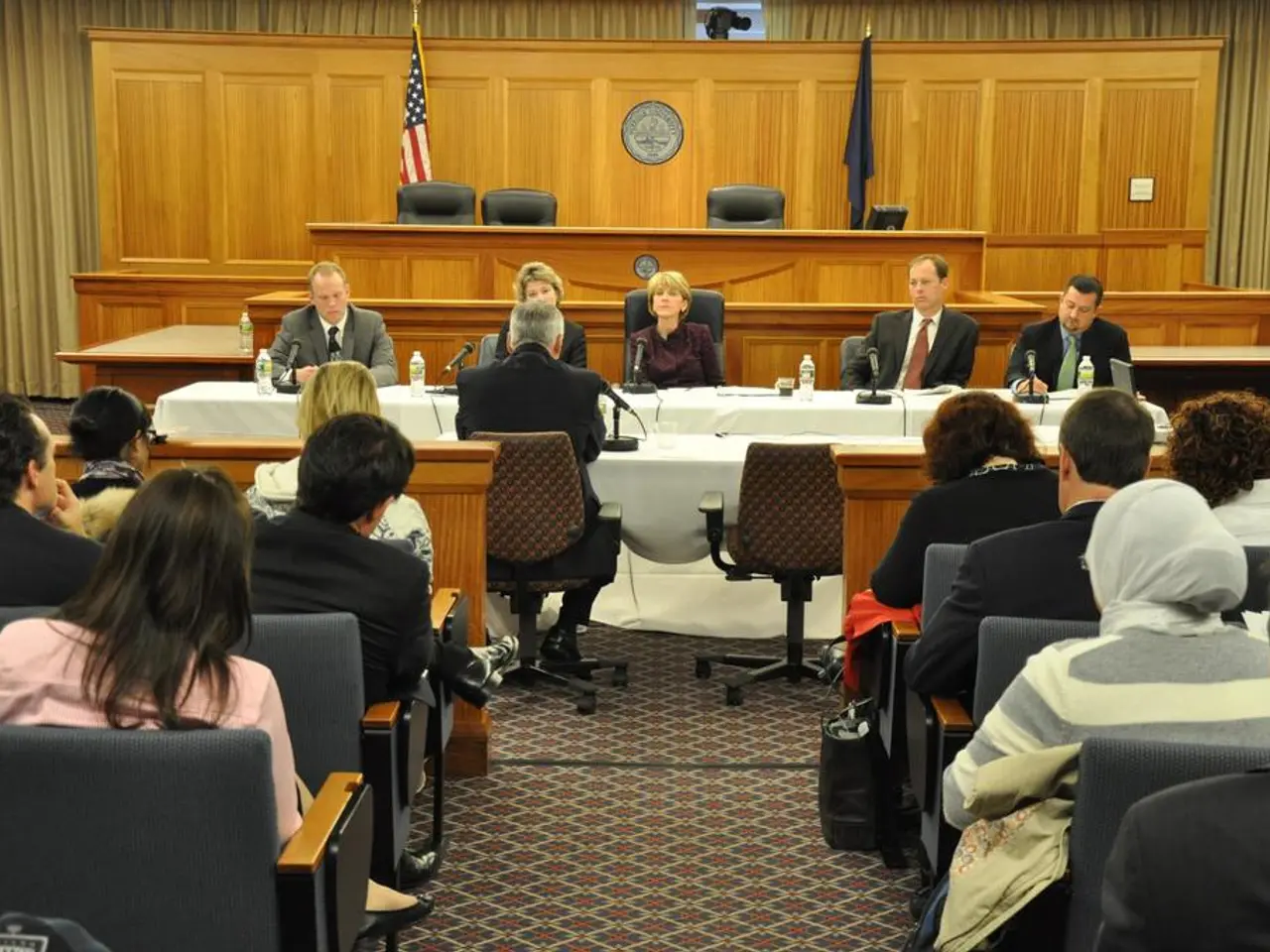What to Do After Hitting an Animal on Singapore's Roadways: Guidelines Explained
HITTING AN ANIMAL WHILE DRIVING IN SINGAPORE – WHAT YOU SHOULD KNOW
In the heat of Singapore's bustling streets, a recent surge in community cat deaths has ignited public concern, yet the National Parks Board (NParks) maintains that no signs of deliberate animal cruelty have been identified. Instead, it's likely these incidents involve vehicle accidents. Here's what to do if you find yourself in such a situation.
SHOULD YOU CONTINUE DRIVING?
As per the Road Traffic Act, if your vehicle results in injury or death to any animal, you must take a moment to assess the situation. You should stop your vehicle if you can reasonably tell that the animal has an owner or is posing any safety hazard to other road users. Remember, all animal species are protected under this Act. To avoid accidents, NParks advises motorists to exercise caution in residential and forested areas, stay within speed limits, or reduce speed. Be vigilant of animal crossings, especially in areas with signs indicating such.
WHAT TO DO AFTER A COLLISION
If you collide with an animal while driving, safety first! Pull over to a secure location, engage your hazard lights, and alert other drivers to potential road hazards. For the well-being of the animal, contact the relevant authorities based on its condition:
- NParks at 1800 476 1600 (for cats, dogs, and small pets)
- ACRES at 9783 7782 (for wildlife animals)
- SPCA at 6287 5355 ext. 9
If you're unsure if the animal is deceased, take a video and share it with ACRES. Avoid touching or handling the animal, and wait for their advice. If the animal is deceased, reach out to the National Environment Agency (NEA) at 1800 2255 632 for carcass removal.
SAFETY AND RESPONSIBILITY
In case the accident has led to obstructions or poses risks to other road users, inform the police immediately. Take reasonable steps to alert other drivers about the obstruction. If you spot a pet ID or other identifying features on the animal, collect this information and notify the owner, or post it in community lost-and-found pet groups.
In some cases, injured animals may be attended to by NParks or animal welfare groups, who will provide veterinary care or make euthanasia decisions when necessary. In the broader picture, motorists should exercise caution, know their responsibilities, and contact relevant authorities to help protect road safety and assist animals in need.
In the realm of road safety, it's essential for motorists to be vigilant not only for potential accidents but also for animals that may cross the road. To maintain a balance between health-and-wellness (animals) and fitness-and-exercise (motorists), the Road Traffic Act advises drivers to exercise caution in residential and forested areas, stay within speed limits, or reduce speed. Furthermore, in the unfortunate event of a collision, financial responsibilities (removing carcasses) can be fulfilled by reaching out to the appropriate authorities, such as the National Environment Agency (NEA) at 1800 2255 632 for carcass removal.




